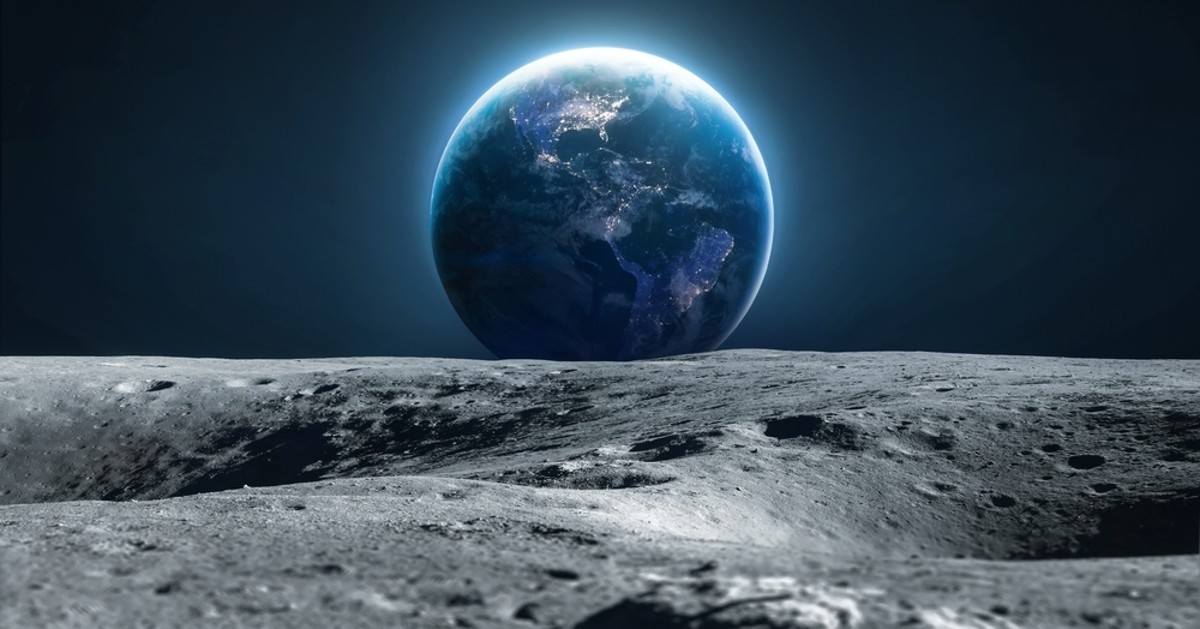Deep within our solar system lies an enigma – Moon-011. This celestial body sparks curiosity among scientists and stargazers alike, shrouded in mystery due to its unique characteristics and potential to harbor life. Our quest is to embark on a captivating journey, unraveling the secrets of Moon-011.
Composition and Surface of Moon-011
Moon-011 boasts a rugged landscape, a tapestry of deep craters, towering mountains, and vast plains hinting at a violent past. The surface is a mesmerizing mosaic of colors, composed of various minerals and materials. One of Moon-011’s most distinctive features is its unusual magnetic field, a characteristic that challenges our understanding of planetary formation. Scientists are baffled by these magnetic anomalies, suggesting complex geological processes occurring beneath the surface. A thin veil of atmosphere, primarily composed of trace gases, hangs over Moon-11. While offering little protection from radiation and meteoroid impacts, this tenuous atmosphere adds to the intrigue surrounding the moon’s potential for life.
Theories Behind the Formation of Moon-011
The origin of Moon-011 is a subject of ongoing scientific debate. One hypothesis suggests it may have formed alongside its parent planet, swirling from the same primordial disk of dust and gas. Another theory proposes a capture scenario, where Moon-011 was once a free-floating object in the solar system, eventually snagged by the gravitational pull of its current companion. To gain a clearer picture, scientists compare Moon-011 to other moons and planets. Unlike the icy expanse of Europa or the volcanic fury of Io, Moon-011 presents a curious blend of both, with frozen geysers erupting from its surface. In comparison to gas giants like Jupiter and Saturn, Moon-011 is a dwarf, yet its enigmatic nature makes it a giant in the realm of scientific curiosity.
Exploring Life Possibilities on Moon-011
The prospect of life on Moon-011 is a tantalizing possibility. While the thin atmosphere and harsh radiation pose significant challenges, the presence of frozen water geysers hints at a potential internal source of heat and water, two key ingredients for life as we know it. Scientists are actively searching for signs of life, both past and present. Ongoing missions are analyzing the composition of the geysers and the surface materials, searching for biosignatures – chemical signatures that could indicate the presence of biological processes. Future missions may involve drilling beneath the surface, where liquid water oceans might be hiding, offering a more hospitable environment for life to exist.
Conclusion
Moon-011 remains an enigma, a celestial treasure chest waiting to be unlocked. Its unique composition, unusual magnetic field, and potential for harboring life make it a fascinating target for scientific exploration. As we delve deeper into its secrets, Moon-011 not only broadens our understanding of our own solar system but also compels us to contemplate the possibility of life existing beyond our planet. The journey to unravel the mysteries of Moon-011 has only just begun, and the discoveries that await promise to rewrite the story of our place in the universe.



